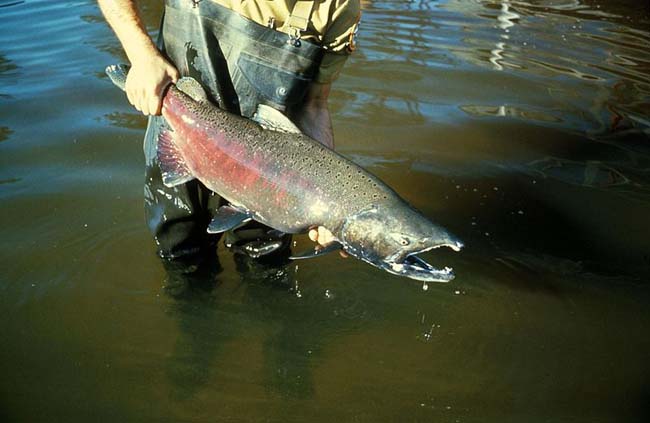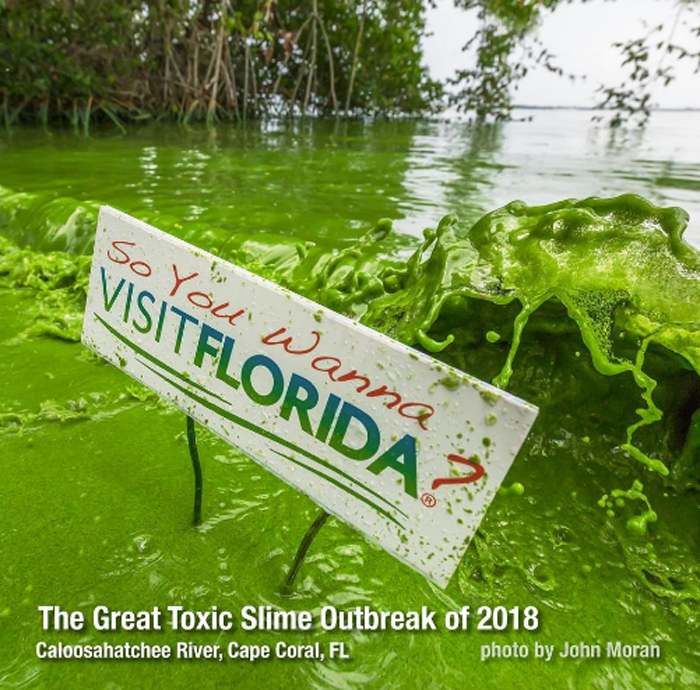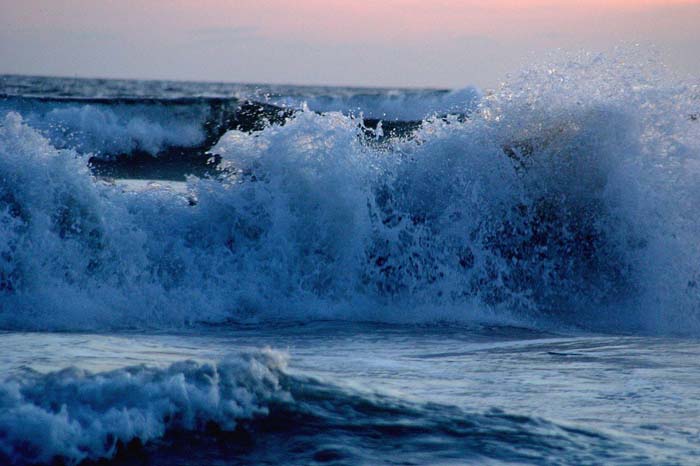
Chinook salmon (Oncorhynchus tshawytscha) is the largest species in the Pacific salmon. Photo credit U.S. Fish and Wildlife Service – a public domain image.
Salmon are showing up in the Arctic in record numbers
The fish that usually define the West Coast are moving north, raising big questions about how a warming climate is affecting northern ecosystems.
Salmon used to be infrequent visitors to the Mackenzie River and communities of the Arctic, but more species have begun to show up in the North more often and in greater numbers than ever before.
“They’re indicating change,” says Karen Dunmall, a research scientist with the Department of Fisheries and Oceans who is overseeing the Arctic Salmon project.
 Sportsmen and women know that the money we spend hunting and fishing not only drives an $887-billion outdoor recreation economy, but it also pays for wildlife conservation and fisheries management across the country. License sales by state agencies and duck stamps from the U.S. Fish & Wildlife Service offer the most obvious examples, but the full picture includes a diversity of sources. Thankfully, not all our eggs are in one basket, and though we contribute heavily to the American conservation funding model, we are not alone.
Sportsmen and women know that the money we spend hunting and fishing not only drives an $887-billion outdoor recreation economy, but it also pays for wildlife conservation and fisheries management across the country. License sales by state agencies and duck stamps from the U.S. Fish & Wildlife Service offer the most obvious examples, but the full picture includes a diversity of sources. Thankfully, not all our eggs are in one basket, and though we contribute heavily to the American conservation funding model, we are not alone.
At the federal level, conservation funding can be a complicated landscape of laws and acronyms. But it is critical that sportsmen and women understand where this money comes from—and it’s not always out of our own pockets—and the incredible value of investing in our fish and wildlife resources now, in case there’s ever a need to defend these revenue streams against shortsighted cutbacks in the future.
Florida’s Summer of Slime: Stuart and Lake Okeechobee
Photo Essay by John Moran, August 2018
 I reported last month on the plight of the Caloosahatchee River and its befouled waters flowing from Lake Okeechobee; delivering slime to waterfront neighborhoods in Fort Myers and Cape Coral along the way to the Gulf Islands of Southwest Florida.
I reported last month on the plight of the Caloosahatchee River and its befouled waters flowing from Lake Okeechobee; delivering slime to waterfront neighborhoods in Fort Myers and Cape Coral along the way to the Gulf Islands of Southwest Florida.
Trout streams are fountains of youth for 86 year-old Joe Humphreys
Joe is a man who was born to fly fish, lives to teach, and strives to pass on a respect for our local waters. A Feature Documentary by Lucas and Meigan Bell.
Joe Humphreys is a fly fisherman and educator living in central PA. At 86 years old, Joe continues to pass on the sport of fly fishing to anyone who wants to learn. Live the Stream follows Joe’s busy schedule for one year both on and off the stream: at his home, in his teachings, and on his never-ending quest for fish.
[vimeo id=”283476815″ width=”620″ height=”360″]
The Ocean Has Almost No Wilderness Left
The ocean is often portrayed as Earth’s last great frontier… vast, mysterious, and so deep that we still don’t have a comprehensive map of the seafloor. But even the ocean isn’t safe from human impacts.

Rising Tides & Climate Change – Acapulco, Mexico. A Commons image.
New science reveals that only 13.2 percent of the ocean remains as wilderness, and much of that wilderness is found in the high seas, where protecting it will prove difficult.
Saving the Land and Water Conservation Fund
The nation’s most important conservation and recreational access program has protected areas in almost every state and county, but it could soon expire without action by Congress
[youtube id=”_ez2xrV04wo” width=”620″ height=”360″]






